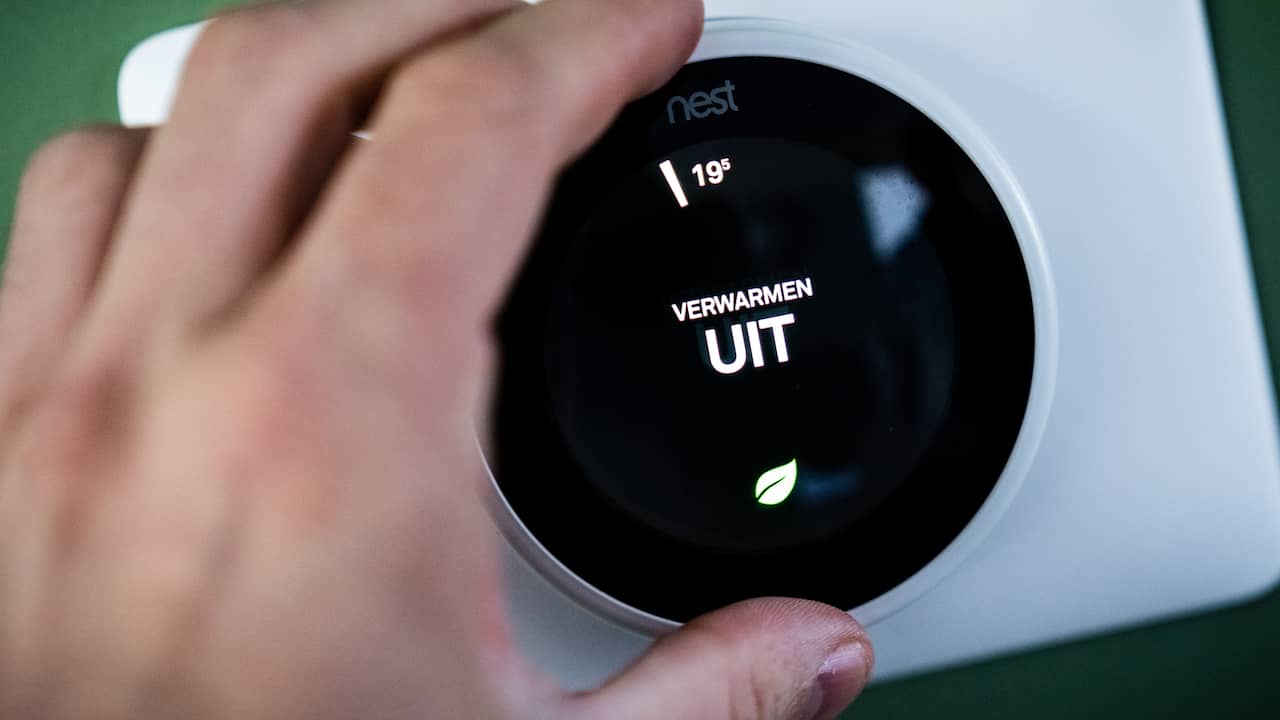The price cap will significantly reduce energy bills from January, but will also ensure that billions of euros of tax money are transferred to energy companies. The ACM supervisor must ensure that companies do not make unreasonable profits, but no one knows exactly how it works. The House of Representatives fears that the billions will not go through.
The surprise was palpable when ACM came to the House of Representatives last week to explain overseeing the profits of energy companies. The watchdog has to make sure that companies maintain no more than a “reasonable” profit margin, but he cannot say what is reasonable. This is classified.
If you find out how much profit is considered reasonable, all companies would make that maximum profit, according to the ACM. Then the prices go up further. That’s why not even the Ministry of Economy and Climate knows how much profit the regulator thinks reasonable.
“Wow,” replied SP MP Renske Leijten. He fears it will become uncontrollable if the billions of euros in energy subsidies really end up in the right place. “The ACM is asking us to trust them with their blue eyes. I don’t,” he tells NU.nl.
The court is critical
Oversight from the regulator is now only available if energy companies go to court. Earlier this year, the Trade and Industry Appeals Tribunal still ruled on a case between ACM and Essent. According to the regulator, Essent had asked for too high electricity prices in 2018.
But the court strongly criticized the ACM’s secret model. The regulator can only use this template to signal when companies might charge too high prices. ACM cannot impose a reduction in tariffs with the sole “reference to a (secret) valuation model”, Like this the court.
Fear of high prices
Yet that model is now the government’s primary weapon to prevent excess profits from energy companies. On Tuesday, the House of Representatives passed several motions asking the cabinet to keep an eye on suppliers. It is not yet clear if and how the supervision of energy companies will be strengthened if the price cap is introduced.
From left to right, political parties fear that suppliers might seize the price cap to make more profits. Consumers will be much less affected next year if electricity and gas prices are high: the government will still pay anything above the maximum price. Consumers will only receive the full price of energy if they use more than 1,200 cubic meters of gas and 2,900 kWh of electricity.
The government will have to look closely at the books of energy companies to prevent taxpayers’ money from going wrong, says energy economist Machiel Mulder of the University of Groningen. “We no longer have competition. Consumers have a guaranteed price and suppliers are reimbursed for the additional costs.”
“There is a risk that we will transfer many billions of money in excess of taxes,” thinks independent MP Pieter Omtzigt. “The energy companies must open all the books.”
How the price cap works
- From 1 January the maximum energy tariffs apply: 1.45 euros per cubic meter of gas (up to 1,200 cubic meters) and 40 cents per kilowatt hour (up to 2,900 kWh).
- The government transfers money to energy companies in advance. They have to use that money to pay the difference between the market price and the maximum price.
- Only then is it checked whether all the money transferred has actually reached the consumer and whether the supplier applies reasonable rates.
- The overall costs of the price ceiling are very uncertain, due to the sharp fluctuations in gas and electricity market prices. The government expects costs of between 10 and 40 billion euros in 2023.
Expensive purchase
The price cap also removes the incentive for energy companies to buy competitively. “A company that does not purchase properly will simply be refunded,” Mulder says. The government therefore has to pay for the bad buying strategy. Under the price ceiling, it will be difficult to please companies on this, the professor thinks.
According to VVD deputy Silvio Erkens, the government should still try. He wants the ministry to determine which purchase prices are approximately reasonable. If companies have paid too much, they have to pay for it themselves. “You still have to keep an incentive, so that they buy efficiently.”
A spokesperson for Energy Minister Rob Jetten says work is still ongoing on further elaborating the price cap. Additionally, the ministry is also looking into how oversight of billions of payments to energy companies will work. More information on this should be announced in the coming weeks.


